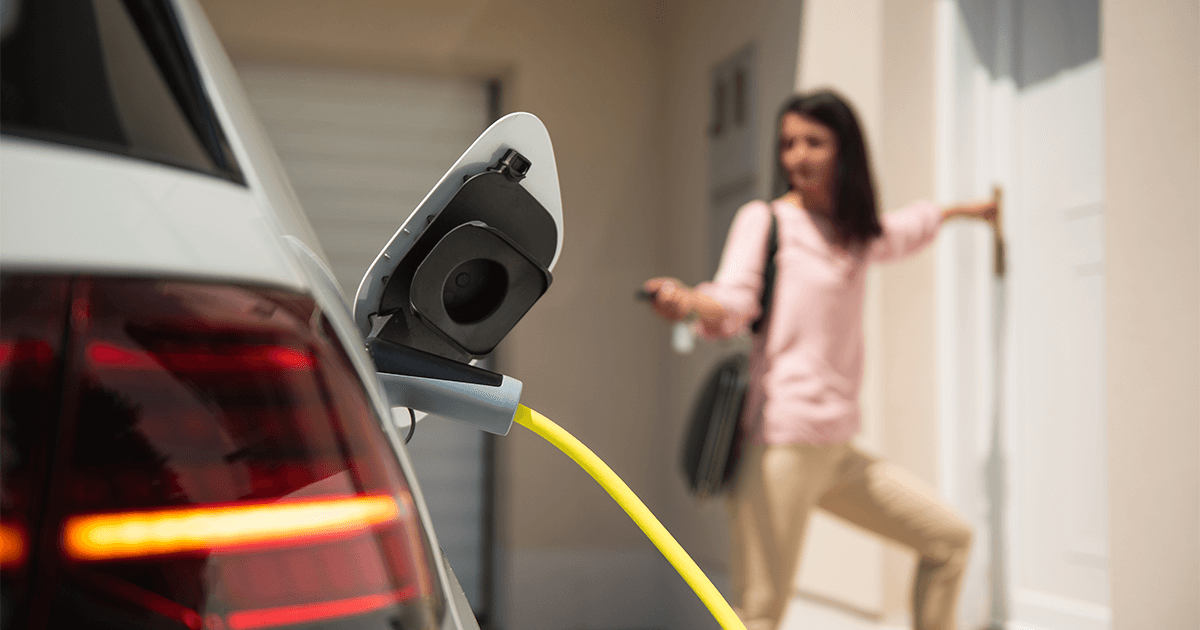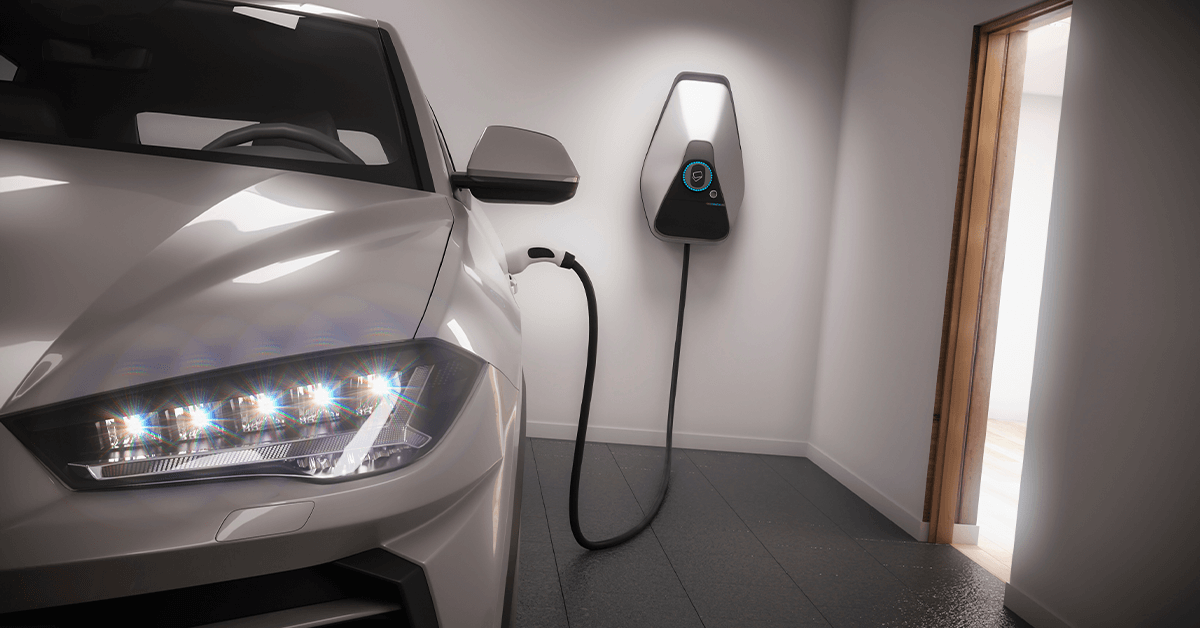Allow me to discuss Power Management Systems for electric cars—an area of expertise close to my heart as an electrical contractor with 40 years of experience. I am deeply involved in offering Power Management Systems to new purchasers of electric cars. Within this context, when acquiring an electric vehicle, one crucial consideration is the type of charger to install. Home chargers, the devices essential for replenishing your car’s batteries, grant you the privilege of enjoying the manifold benefits of liberating yourself from fossil fuels. Here is where the choice requires some investigation and understanding on your part.

The Contenders: Level 1 vs. Level 2 Chargers
The two most prevalent choices for home chargers are Level 1 and Level 2 chargers. The charging time varies across manufacturers, contingent on your selection. I have come across websites asserting that a Level 1 charger can replenish your vehicle in as little as 11 to 20 hours. Level 1 chargers are designed to be compatible with standard 15-amp household wall receptacles. In contrast, Level 2 chargers, offering a charging window of 3 to 8 hours, require a 240-volt circuit similar to those used by stoves or dryers. These Level 2 chargers typically require a power draw ranging from 40 to 50 amps.
Power Consumption Dynamics: An Intriguing Aspect
Here is where this option gets interesting. Picture this: if your house has a conventional electrical service of 100 amps, and your new Level 2 electric vehicle charger mandates 50 amps, by connecting it, you’ve already consumed half of your home’s available power supply. This is where power management systems come to the rescue.
The Role of Power Management Systems
Whenever I’m asked to install an electric vehicle charger for a new client, I embark on a meticulous calculation of the cumulative load exerted on the existing home electrical service. In scenarios where the client has purchased a Level 2 charger from the car dealership, it is my responsibility to ensure that integrating it into the current setup won’t lead to overloads. If I see that the addition would strain the system excessively due to the presence of pre-existing AC equipment, hot tubs, a legally recognized basement suite, or various other factors, I am compelled to introduce a power management system.
Navigating the Landscape of Quotations
Much like any other aspect of the world, in the realm of soliciting quotations for car charger installations, you’re met with a plethora of choices contingent on the source you consult. Having spent over three years installing these systems, there is a huge difference in the quoted costs for these setups.
Prioritizing Quality and Reliability
In our fiercely competitive environment, the adage of the lowest quote securing the contract is the norm. Striving to offer the cheapest solution is a facet of human nature and prudent business practice, often involving cost-cutting measures and selecting more affordable components to optimize profits. At Robart Electrical Services, we have diligently researched and opted for an energy management system that boasts a track record of superior quality and reliability, backed by robust manufacturer support. While it may not be the most economical option, I am compelled to associate my name with the installation and vouch for the products I recommend. Considering the substantial investment in an electric vehicle, I firmly believe it’s prudent to install a power management system you can unquestionably rely on.





